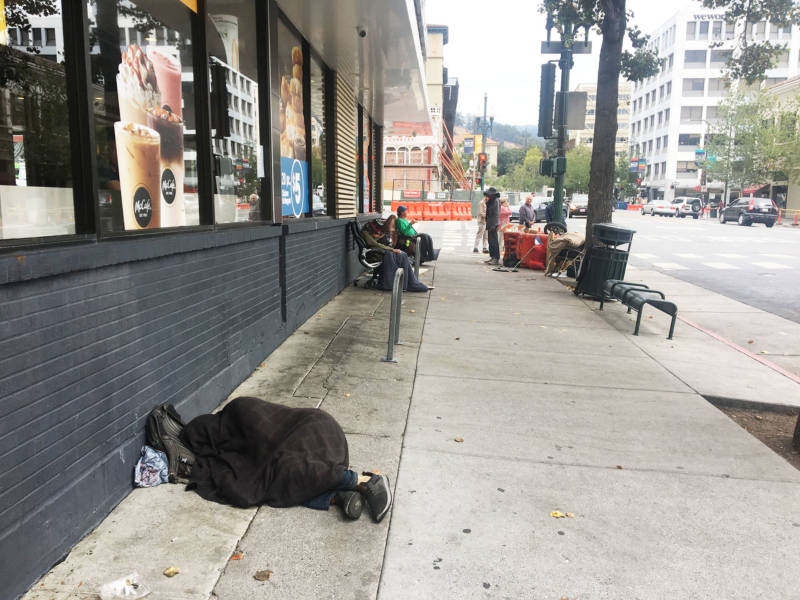Gov. Gavin Newsom on Thursday signed into law a hefty package of legislation aimed at addressing California’s mounting homelessness crisis.
The 13 new laws give cities and counties across the state greater leeway to build supportive housing and shelters at a faster, more efficient pace, and in some cases, allow exemptions to existing regulations.
The bills will “give local governments even more tools to confront this crisis,” Newsom said in a statement. “State government is now doing more than ever before to help local governments fight homelessness, expand proven programs and speed up rehousing.”
Three of the bills exempt certain new supportive housing and shelter projects from the California Environmental Quality Act (CEQA), a 50-year-old regulation requiring state and local agencies to assess the environmental impact of new construction. Although defended by many environmental groups, critics have argued that CEQA is too often weaponized to delay development of new projects, including shelters and affordable housing.

